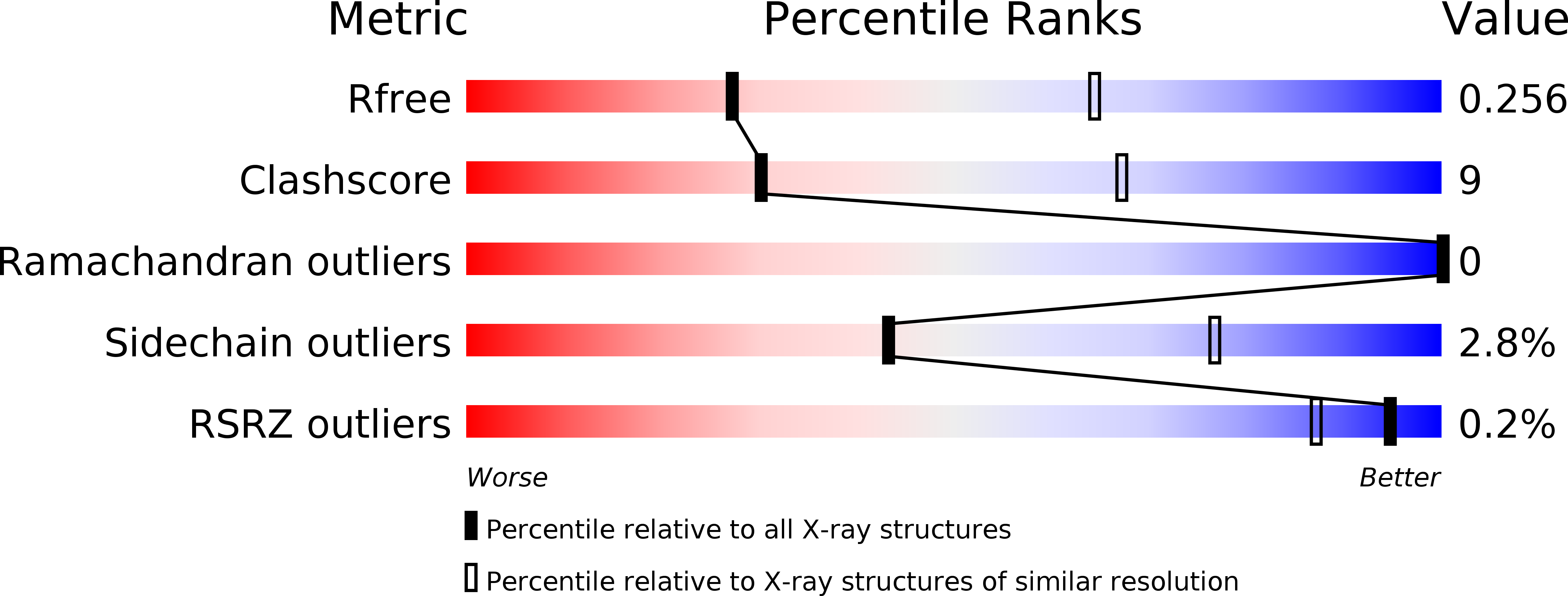
Deposition Date
2019-08-09
Release Date
2020-02-05
Last Version Date
2023-11-22
Entry Detail
PDB ID:
6KOD
Keywords:
Title:
Cu(II) complex of HOCl-induced flavoprotein disulfide reductase RclA C43S mutant from Escherichia coli
Biological Source:
Source Organism:
Escherichia coli BL21(DE3) (Taxon ID: 469008)
Host Organism:
Method Details:
Experimental Method:
Resolution:
3.00 Å
R-Value Free:
0.25
R-Value Work:
0.20
R-Value Observed:
0.21
Space Group:
P 1 21 1


